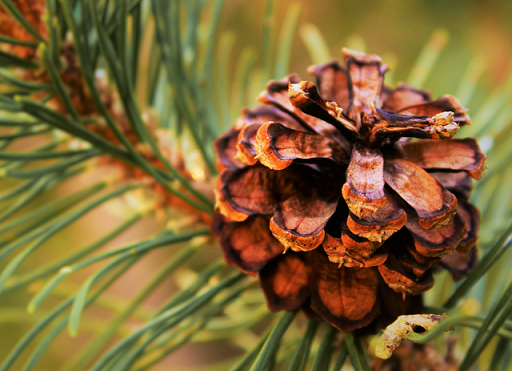The seed is a fertilized plant ovule. It is the embryo of a plant at its most basic form. The smallest plant seed is so small it is invisible to the human eye. The largest plant seed is the coconut!
Most seeds are composed of 3 parts: the embryo, the endosperm, and the seed coat. In a coconut this is fairly easy to visualize. The husk is the seed coat, the white flesh of the coconut and the liquid inside is the endosperm, and the embryo is a tiny part inside where the seed leaves begin to grow.
Seeds can occur in 2 forms: gymnosperms (naked seeds like those found in cones of conifers), and angiosperms (the more common form; all flowering plants have seeds of this form). Seeds can also be categorized into 2 types based on the number of seed “leaves” they have: monocot or dicot. One seed leaf means it is a monocot seed. Two seed leaves makes it a dicot seed.
We stated the 3 parts of a seed were the embryo, endosperm, and seed coat. Seeds can also be categorized based on how the endosperm and embryo develop. Seeds where the embryo develops by completely consuming the endosperm, thus making the mature seed lacking endosperm, are called exalbuminous. This type of seed will store most of its energy in the cotyledons (seed leaves). Seeds where the endosperm persists even in a mature seed are called albuminous. In these seeds the food source is retained in the endosperm and this is where the growing embryo gets its energy. Both are adequate strategies for a growing plant!


If you enjoyed this post about types of seeds, check out this one on types of fruits!

